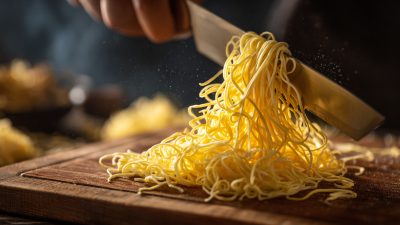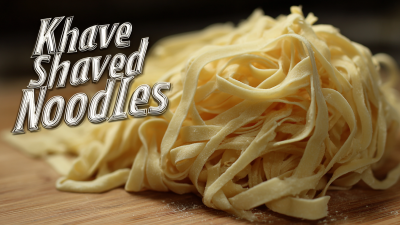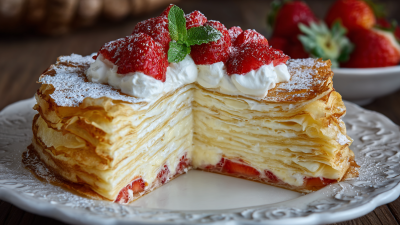
Knife Shaved Noodles, known for their distinct texture and robust flavor, offer a unique culinary experience that combines both art and science. As we embark on this culinary journey, we will delve into the intricate techniques involved in creating these delightful noodles, which have become a staple in various cuisines around the world. The process of knife shaving is not merely a method of preparation; it is an artistic expression deeply rooted in tradition that transforms simple ingredients into a dish that tantalizes the taste buds. Additionally, understanding the science behind the dough’s composition and the thermal dynamics during cooking can elevate our appreciation for this age-old craft. Join us as we explore the fascinating interplay between artistic skill and scientific principles that define Knife Shaved Noodles, revealing how they continue to captivate food lovers everywhere.
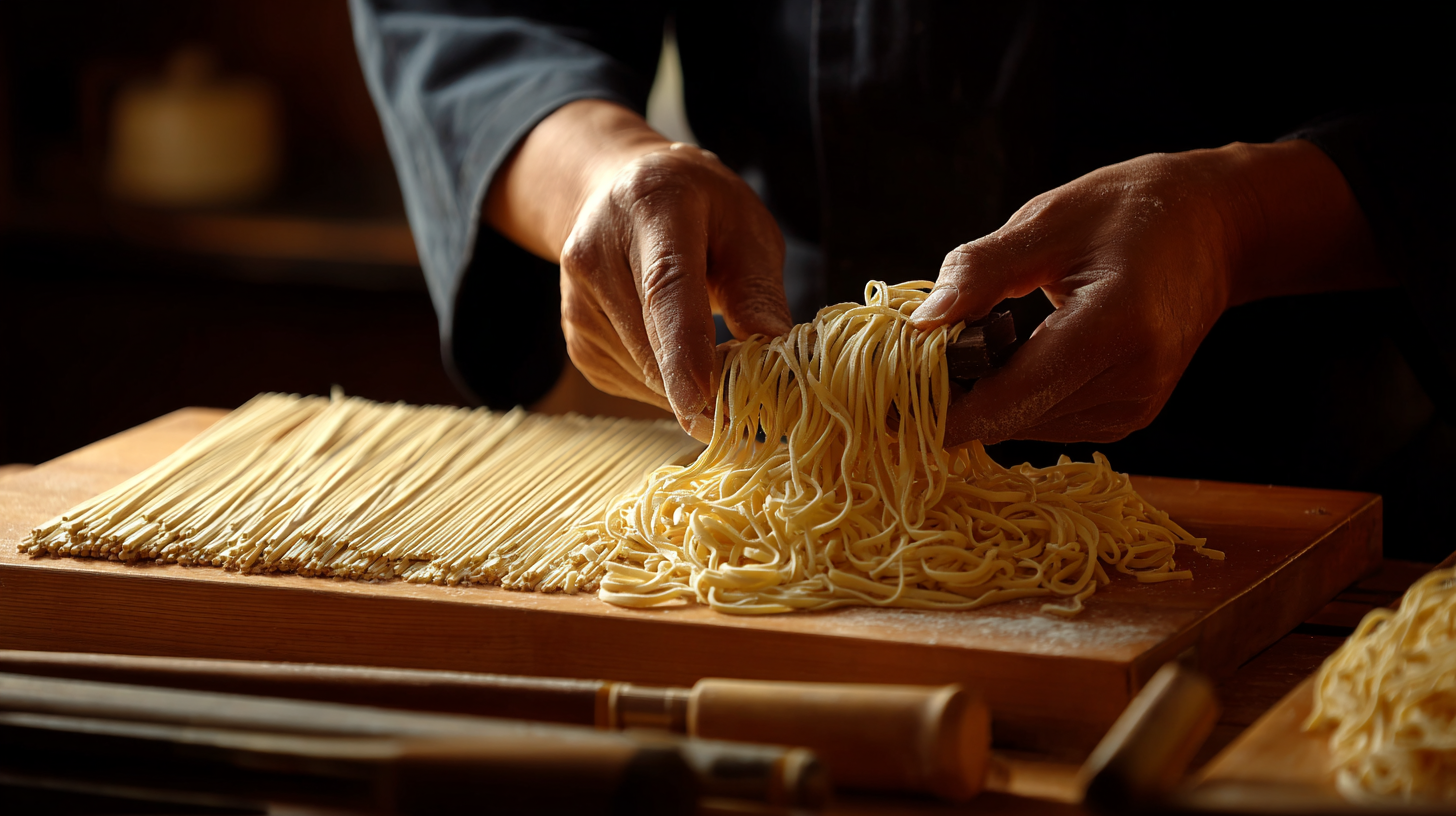
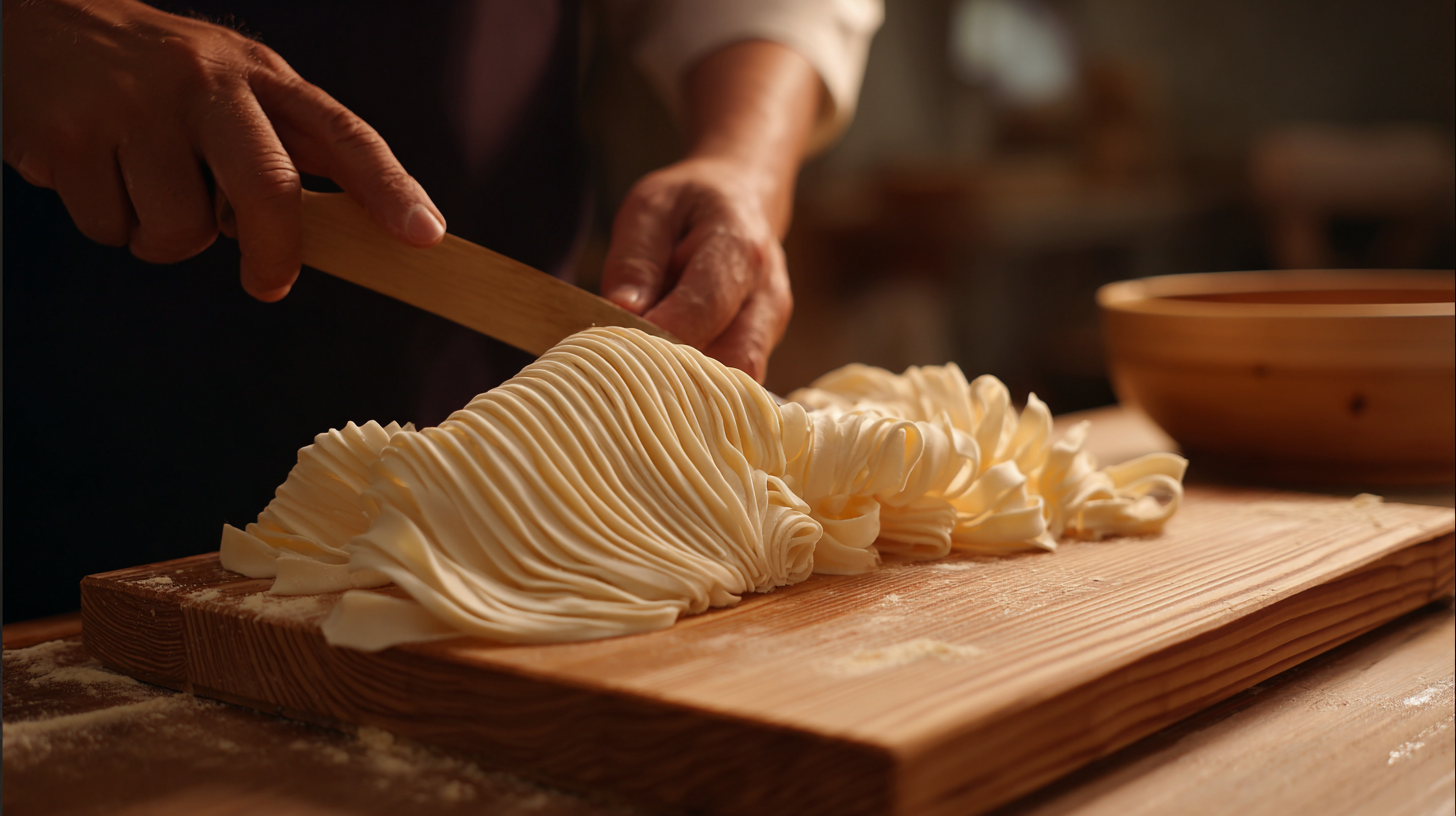 Knife shaved noodles, known as "dao xiao mian" in Mandarin, are a delicacy steeped in tradition and technique. Understanding the unique methods involved in preparing these noodles is essential for any culinary enthusiast. The process begins with a block of dough, which is expertly shaved into thin, elongated strands using a sharp knife. This technique not only highlights the chef's skill but also allows for a texture that is chewy and satisfying, evoking a strong sensory experience. Reports indicate that regional variations across China offer diverse styles and flavors, showcasing the rich cultural heritage and culinary creativity inherent in this dish.
Knife shaved noodles, known as "dao xiao mian" in Mandarin, are a delicacy steeped in tradition and technique. Understanding the unique methods involved in preparing these noodles is essential for any culinary enthusiast. The process begins with a block of dough, which is expertly shaved into thin, elongated strands using a sharp knife. This technique not only highlights the chef's skill but also allows for a texture that is chewy and satisfying, evoking a strong sensory experience. Reports indicate that regional variations across China offer diverse styles and flavors, showcasing the rich cultural heritage and culinary creativity inherent in this dish.
Tips for achieving the perfect knife shaved noodles include allowing the dough to rest adequately before cutting, which helps achieve the right elasticity. Additionally, using a well-honed knife can significantly improve the effectiveness of the shaving technique, ensuring uniform noodle thickness. Finally, an understanding of broth pairings can enhance the overall dining experience. For instance, a light broth can complement the noodles' texture, while a richer sauce can add depth and flavor, making each bowl a culinary journey into the heart of Chinese cuisine.
The thickness of noodle strands plays a crucial role in shaping their texture and ultimately, the overall dining experience. In knife-shaved noodles, varying thickness can lead to distinct sensory experiences. Thicker noodles tend to have a chewier texture, providing a more substantial bite, whereas thinner strands often offer a delicate mouthfeel, which may absorb the flavor of broths and sauces more effectively. This diversity not only enhances the dish but also engages different taste sensations on the palate.
Moreover, the science behind noodle thickness extends to the way sauces cling to the surface. Thicker noodles possess a greater surface area, allowing them to hold onto sauces more robustly, resulting in an explosion of flavor with each bite. Conversely, thinner noodles, while more flexible, might not carry heavier sauces as effectively, instead serving as a canvas for lighter, more nuanced flavors. Understanding these properties invites chefs to experiment with thickness to craft unique dishes that impact both texture and taste, highlighting the artistry involved in noodle preparation.
Knife shaved noodles, renowned for their unique texture and flavor, require careful selection of ingredients to achieve the perfect dish. The base of these noodles typically consists of high-quality wheat flour, which contains a higher gluten content, allowing for that delightful chewiness. According to industry insights, the optimal gluten percentage for noodle-making should be around 11-13%. This gluten structure not only enhances the noodle's elasticity but also supports the intricate knife-shaping technique that is pivotal in creating this culinary masterpiece.
Complementing the noodles, the broth plays an equally crucial role in elevating the dish. Traditional knife shaved noodles often pair well with rich, savory broths that derive their depth from long-simmered bones or vegetables. Recent trends highlight the growing popularity of plant-based broths, appealing to health-conscious consumers and those exploring vegan options. While the classic approach celebrates meaty, hearty flavors, the shift towards lighter, plant-based alternatives has led to an increase in creative noodle soup recipes. As noodle enthusiasts continue to experiment with flavors, mastering the right ingredients will ultimately define the success of the knife shaved noodle experience, whether enjoyed in a bustling Melbourne eatery or a cozy home kitchen.
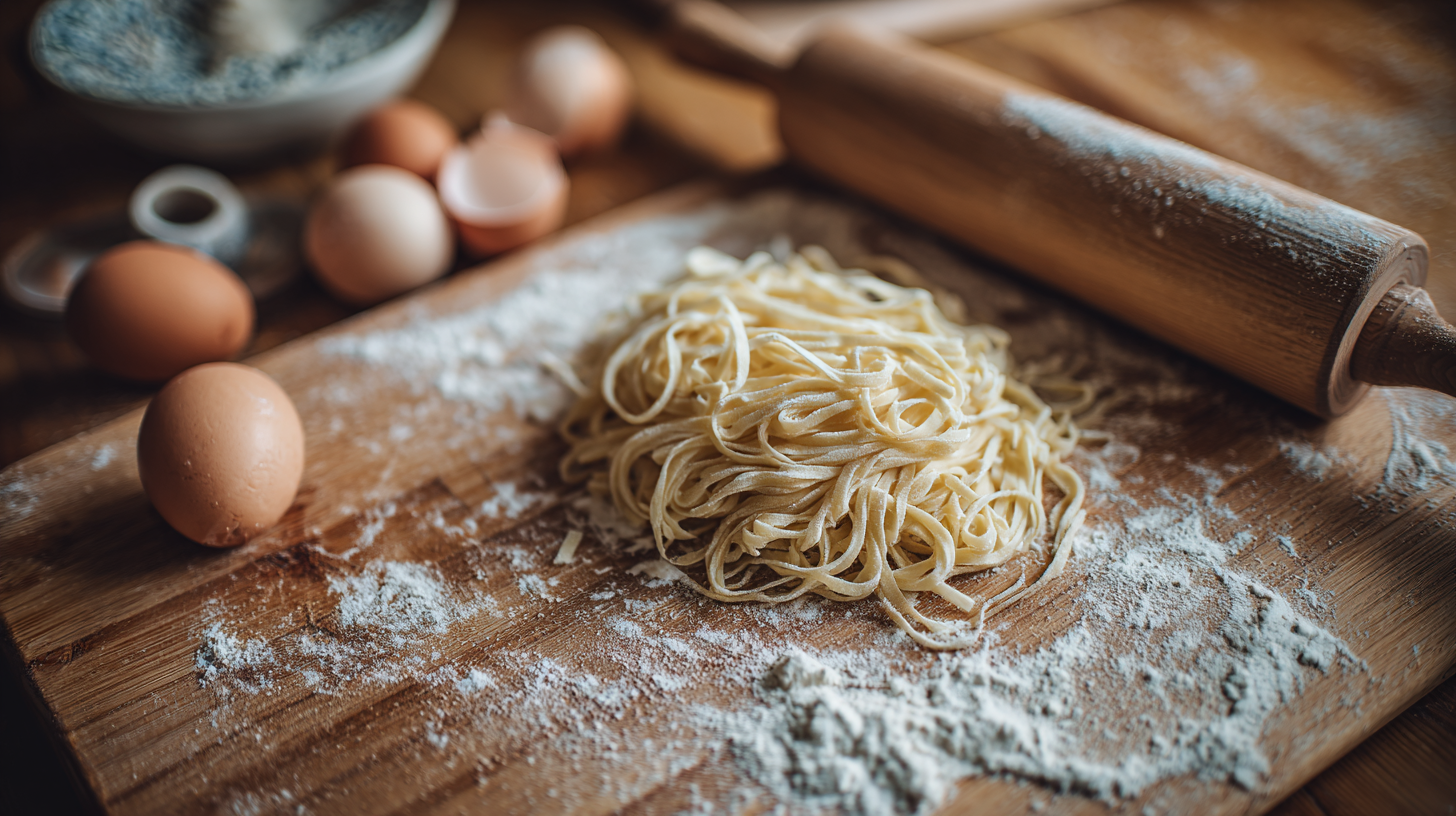 Creating authentic knife-shaved noodles at home is an exciting endeavor that involves both artistry and science. The essential tool for this culinary art is, of course, a high-quality Chinese chef's knife. According to a report by the National Restaurant Association, chefs emphasize that the knife's balance and sharpness are crucial for achieving the thin, uniform slices that characterize this dish. The right knife not only ensures precision but also enhances the overall texture of the noodles, leading to a better mouthfeel and taste.
Creating authentic knife-shaved noodles at home is an exciting endeavor that involves both artistry and science. The essential tool for this culinary art is, of course, a high-quality Chinese chef's knife. According to a report by the National Restaurant Association, chefs emphasize that the knife's balance and sharpness are crucial for achieving the thin, uniform slices that characterize this dish. The right knife not only ensures precision but also enhances the overall texture of the noodles, leading to a better mouthfeel and taste.
In addition to a chef's knife, having a sturdy cutting board made from hardwood can significantly improve your noodle-shaving experience. A flat surface allows for fluid movements, maximizing control over the angle and pressure applied during the shaving process. Furthermore, the importance of working with chilled dough cannot be overstated; a report by the American Culinary Federation highlights that cooler dough is easier to slice and results in less stiction on the blade.
Tips: To achieve the best results, always remember to keep your knife sharp. A dull blade creates more friction and can lead to uneven cuts, making it harder to achieve the desired noodle shape. Additionally, practice different techniques for holding the dough steady while you shave, as this will enhance your precision and speed in making these delightful noodles.
Knife shaved noodles, known for their unique texture and rich flavor, vary significantly across China’s regions, each boasting its own culinary interpretation. In the Bay Area, a melting pot of cultures, diners can explore these diverse variations through family-owned restaurants that celebrate regional dishes. For example, in Shandong cuisine, thick baked noodles are a staple, often complemented by hearty meat sauces, while the delicate, thinner variants from Sichuan may come spiced with fragrant oils and a medley of vegetables.
When indulging in knife shaved noodles, keep in mind a few tips to elevate your experience. First, pay attention to the broth or sauce; a well-balanced seasoning can enhance the noodles' natural flavors. Secondly, consider pairing your meal with a side of pickled vegetables, which can provide a refreshing contrast to the richness of the noodles. Finally, do not hesitate to explore the local offerings during your next visit to a regional restaurant, as many chefs incorporate unique ingredients that represent their heritage and creativity, giving you a true taste of China’s culinary diversity.

